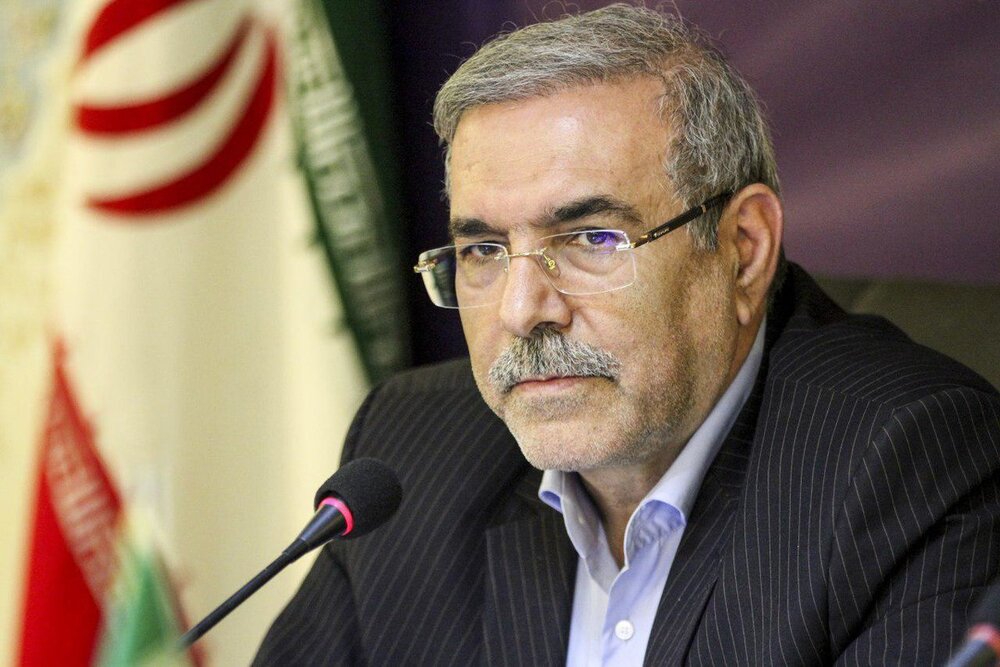Over $25b of investment to create 102,000 jobs in free, special economic zones

TEHRAN- Some 1,000 trillion rials (around $24 billion at the official rate of 42,000 rials) plus $1.5 billion of foreign investment is forecast to be invested in free and special economic zones of the country, creating 102,500 jobs by August next year, according to Morteza Bank, the secretary of Iranian Free Zones High Council.
The job opportunities will be created through implementing 320 development projects in free zones and 200 projects in special economic zones by August next year, which marks the end of the administration of President Hassan Rouhani, Bank stated.
More than 40 percent of Iran’s exports is done through the country’s free trade zones and special economic zones, Bank said in September.
The value of exports from Iran’s free trade zones and special economic zones stood at $17 billion during the past Iranian calendar year (ended on March 19).
There are currently seven free trade zones and 25 special economic zones in Iran.
The establishment of free trade zones in Iran dates back to Iranian calendar year 1368 (March 1989- March 1990) following the fall in the country’s oil income in the preceding year which prompted the government to promote non-oil exports.
The first two free trade zones of Iran were established in the Persian Gulf islands of Kish and Qeshm.
Some five other free trade zones have been also established in the country since then, including Chabahar in southeastern Sistan-Baluchestan Province, Arvand in southwestern Khuzestan Province, Anzali in northern Gilan Province, Aras in East-Azarbaijan Province and Maku in West-Azarbaijan Province, both in the northwest of the country.
Considering the important role that the free trade zones play in promoting the country’s export and employment, Iran is seriously pursuing the development of its existing zones and establishment of new zones as well.
More development measures in this field have been taking since the U.S. re-imposition of sanctions on the Iranian economy in November 2018, as Iran is reducing its dependence on the oil income while elevating its domestic production and non-oil exports.
Although the sanctions have disrupted Iran’s economic activities, they could not impede the development of Iranian free zones; in fact, the development of these zones has been even accelerated.
Many strides made for increasing activities in the free zones have played a significant part in boosting the country’s non-oil exports and brought prosperity in the other economic sectors.
MA/MA
